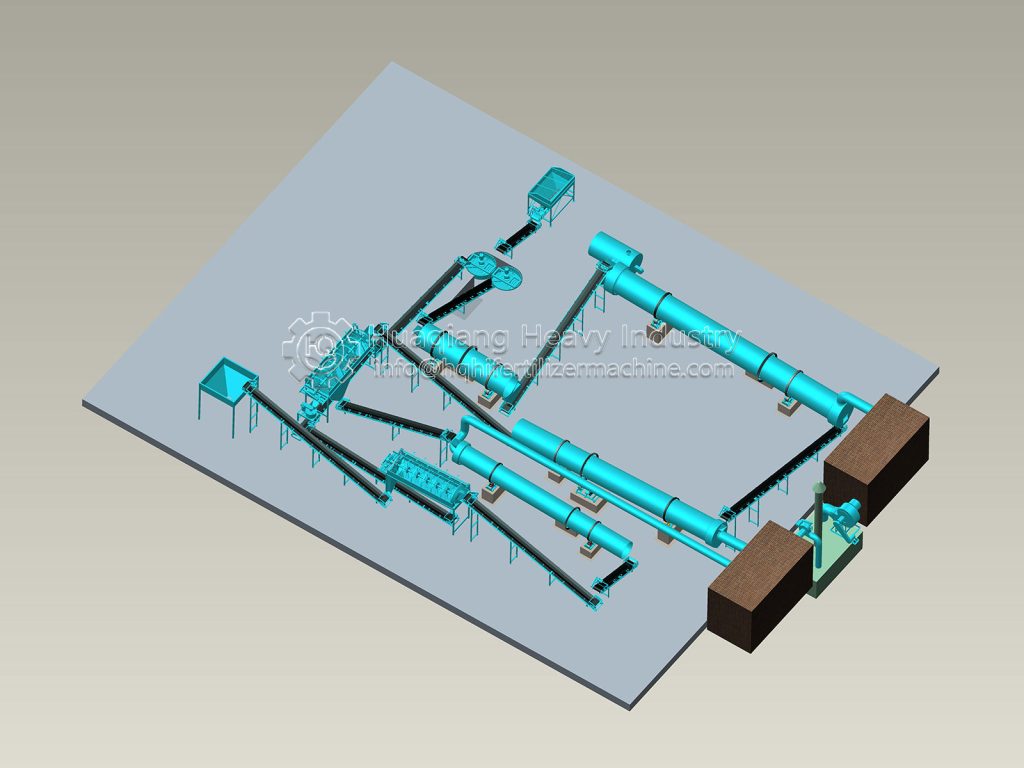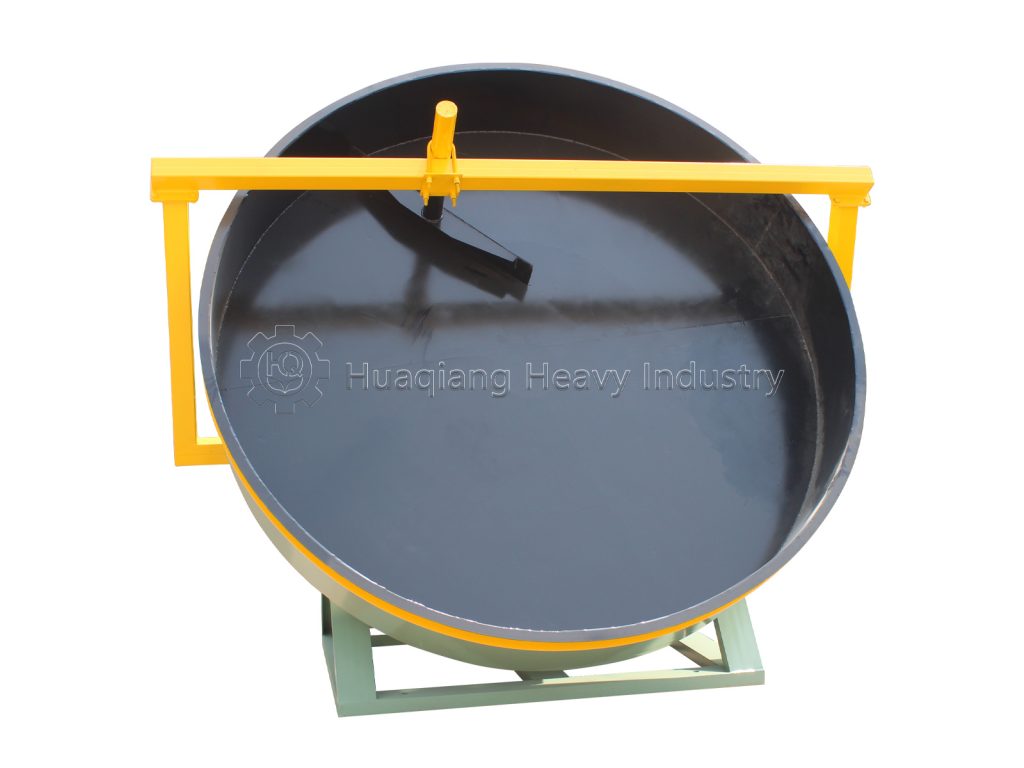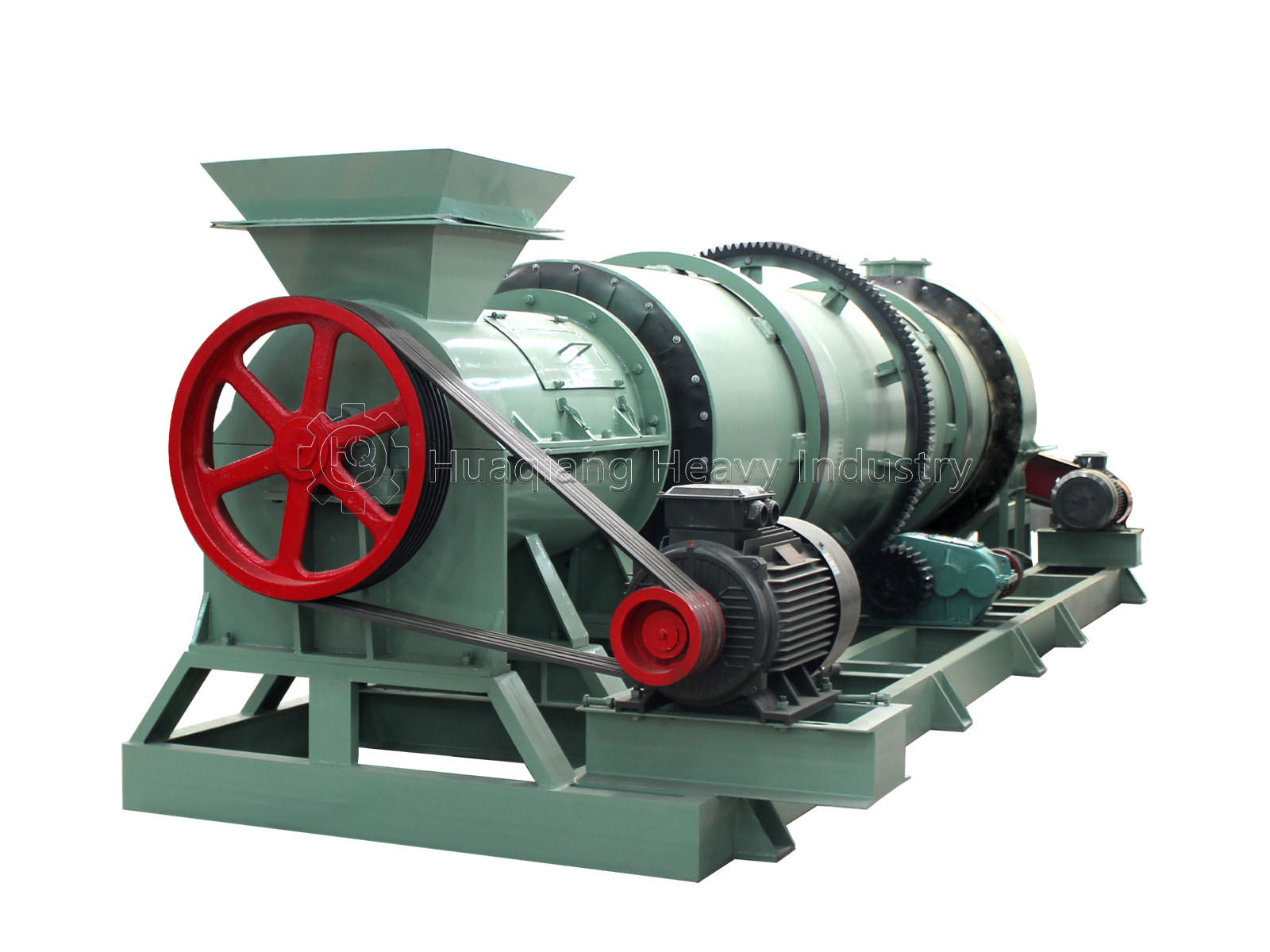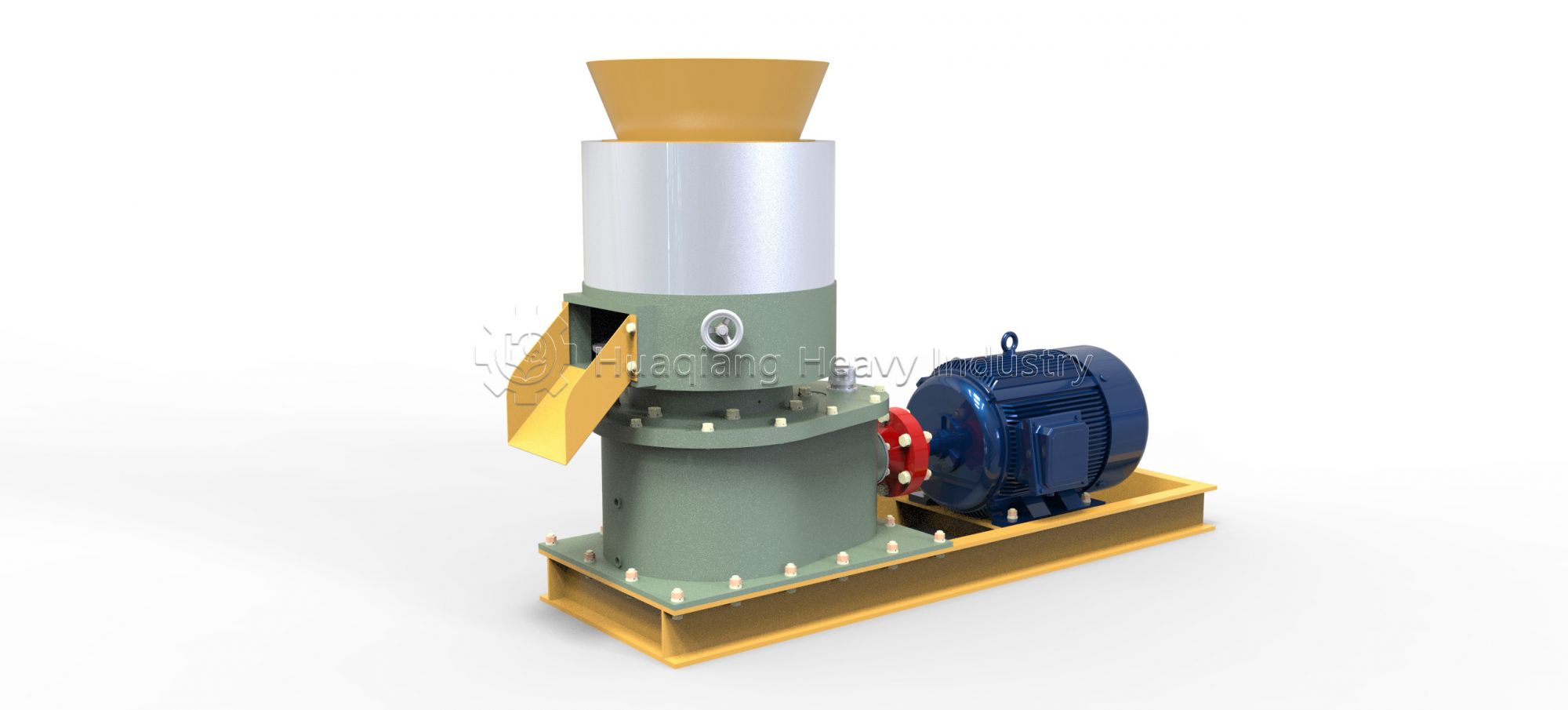In the transformation of NPK fertilizers from raw materials to finished products, key equipment is central to ensuring precise nutrient distribution and high-quality pellets. The core equipment in a complete NPK fertilizer production line can be categorized into three main processes: pretreatment, processing, and post-processing. Each device has a unique mission.

In raw material pretreatment, the crusher and batching system are the first checkpoints. NPK raw materials (such as urea and monoammonium phosphate) are often in lumpy form. The crusher must crush them into a uniform powder of less than 1mm. Uneven particle size can lead to inadequate mixing and result in significant nutrient variations within a single bag of fertilizer. The automatic batching system acts like a “precise steward,” blending nitrogen, phosphorus, and potassium raw materials and auxiliary materials according to a preset NPK ratio (such as 15-15-15), maintaining an error within 0.5%. This is crucial for ensuring that the fertilizer’s nutrient content meets standards.
In the core processing phase, the mixer and granulator are the “heart” of the production line. A twin-shaft mixer uses counter-rotating blades to blend various raw materials for 3-5 minutes, achieving a consistent NPK content per gram. Insufficient mixing time can result in areas with high nitrogen and low phosphorus content, impacting crop absorption. The granulator determines the fertilizer’s form. A rotary drum granulator is suitable for large-scale production. The rotating drum tumbles the material, combined with water mist wetting, kneading the powder into round granules with a diameter of 2-4mm. This creates a good appearance and facilitates mechanized fertilization. An double roller perss granulator, which forms the granules through a die without drying, is suitable for small-scale production lines producing high-concentration fertilizers. However, the granules are irregular and more suitable for customized small-batch production.
In the post-processing stage, the dryer, cooler, and coating machine are “quality guardians.” The dryer uses hot air drying technology to reduce the moisture content of the granulated wet granules from 20% to below 8%. Excessive moisture content can lead to caking and mold. The cooler cools overheated fertilizer granules to a suitable temperature. The coating machine sprays paraffin wax or kaolin to form a protective film on the surface of the granules, preventing clumping during storage and transportation, extending shelf life, and reducing dust pollution during fertilization.
These key equipment are closely linked and together determine the quality, yield, and stability of NPK fertilizers, making them indispensable components of the NPK fertilizer production line.






.jpg)


.jpg)

